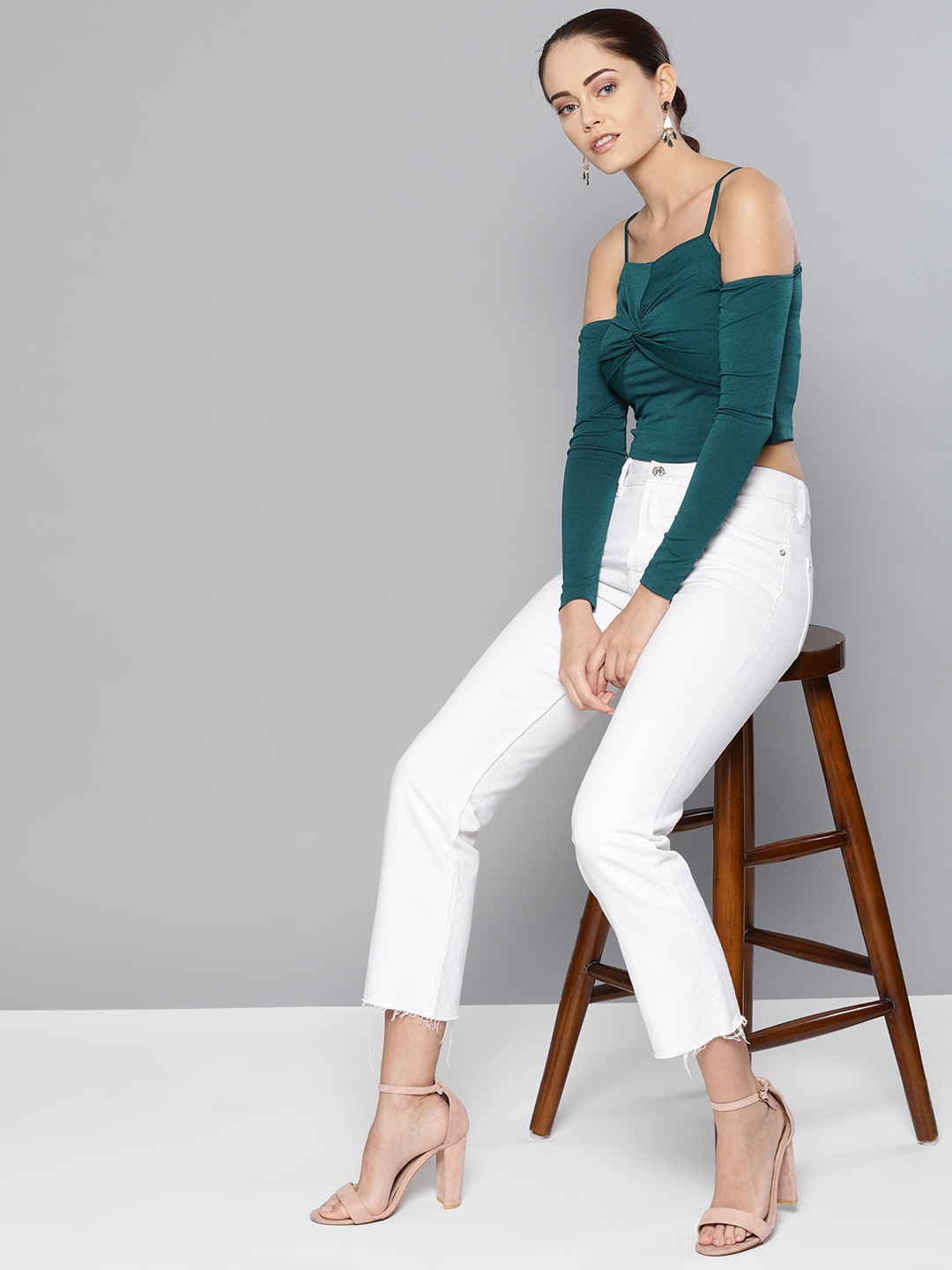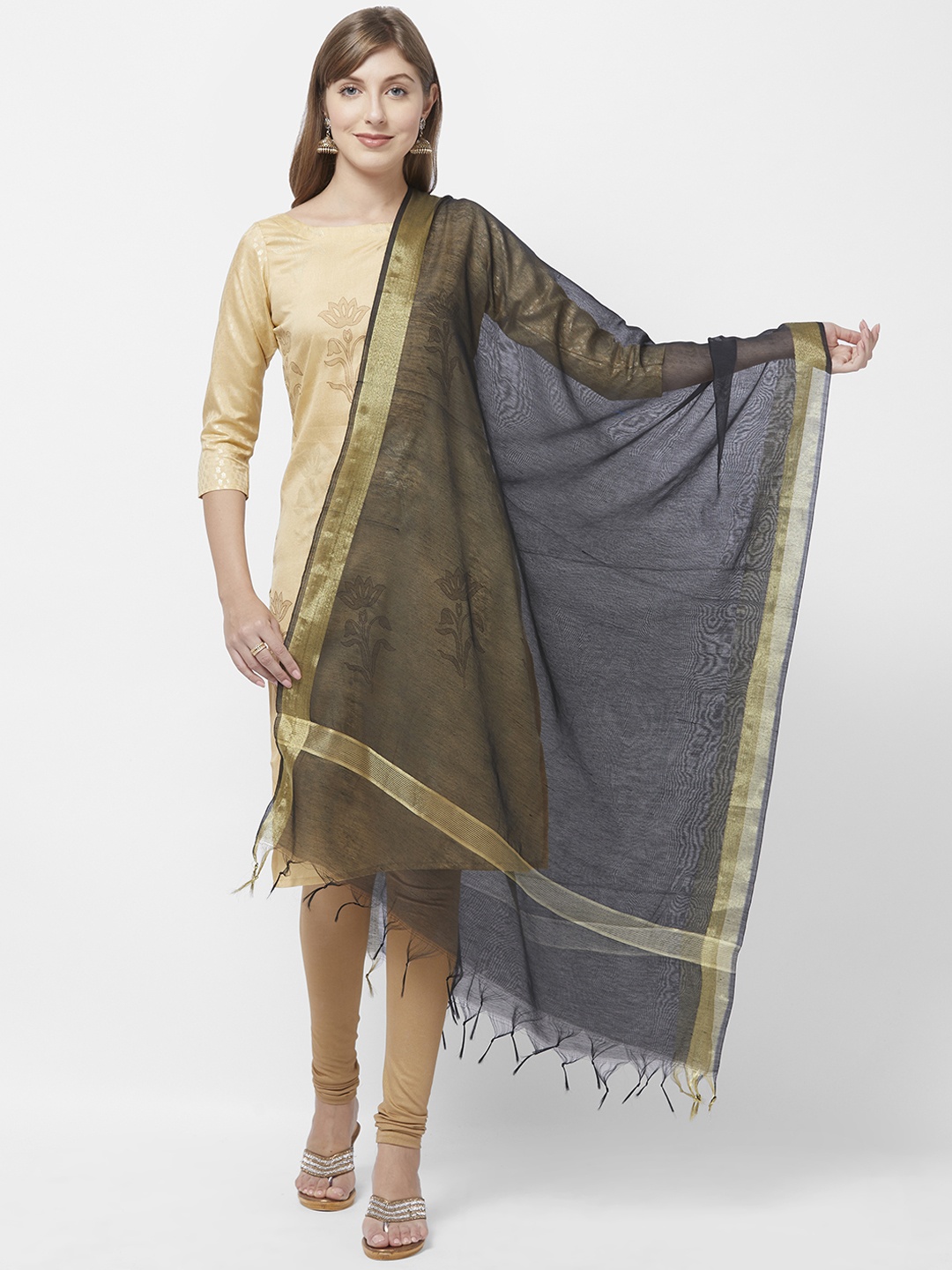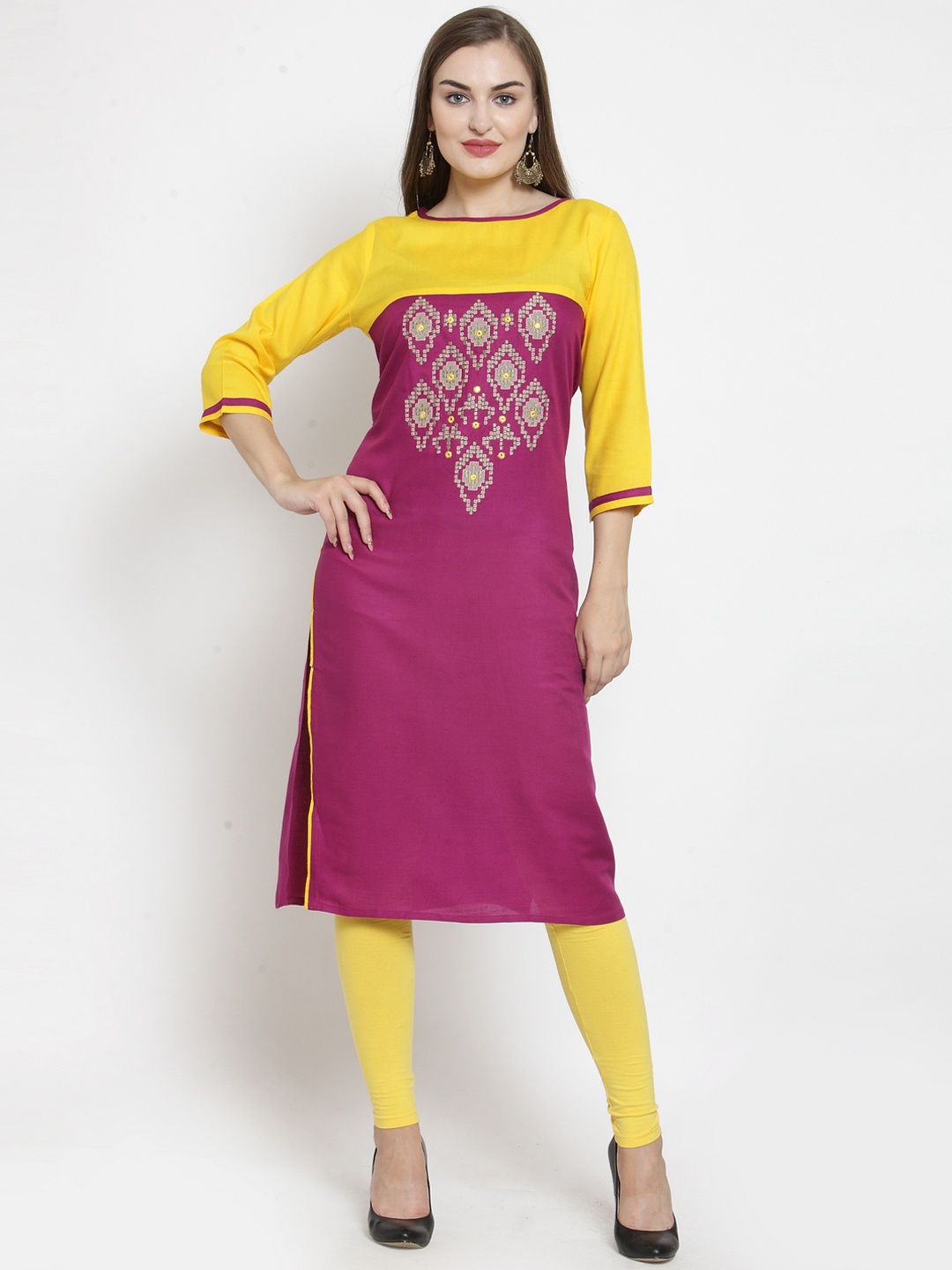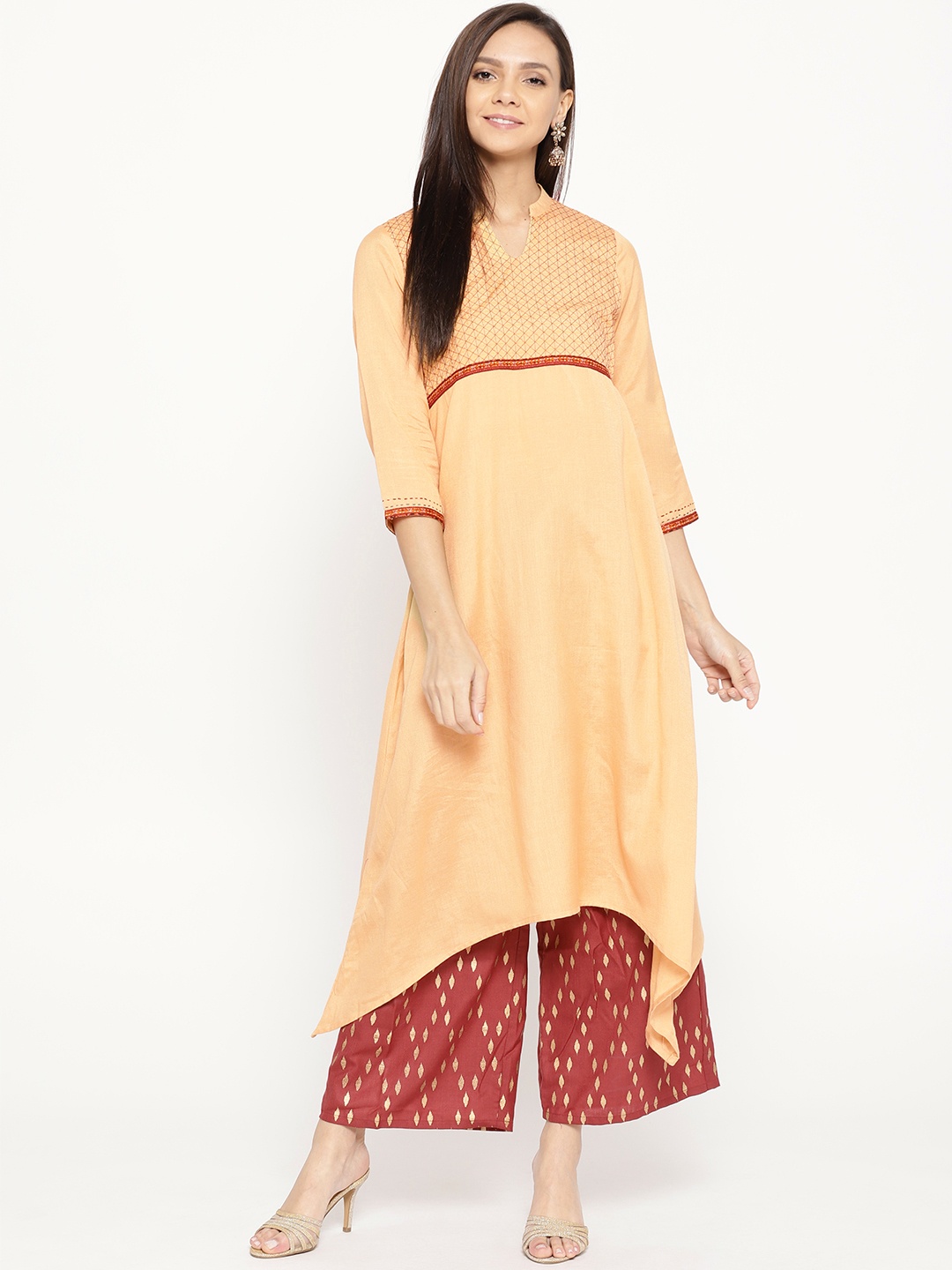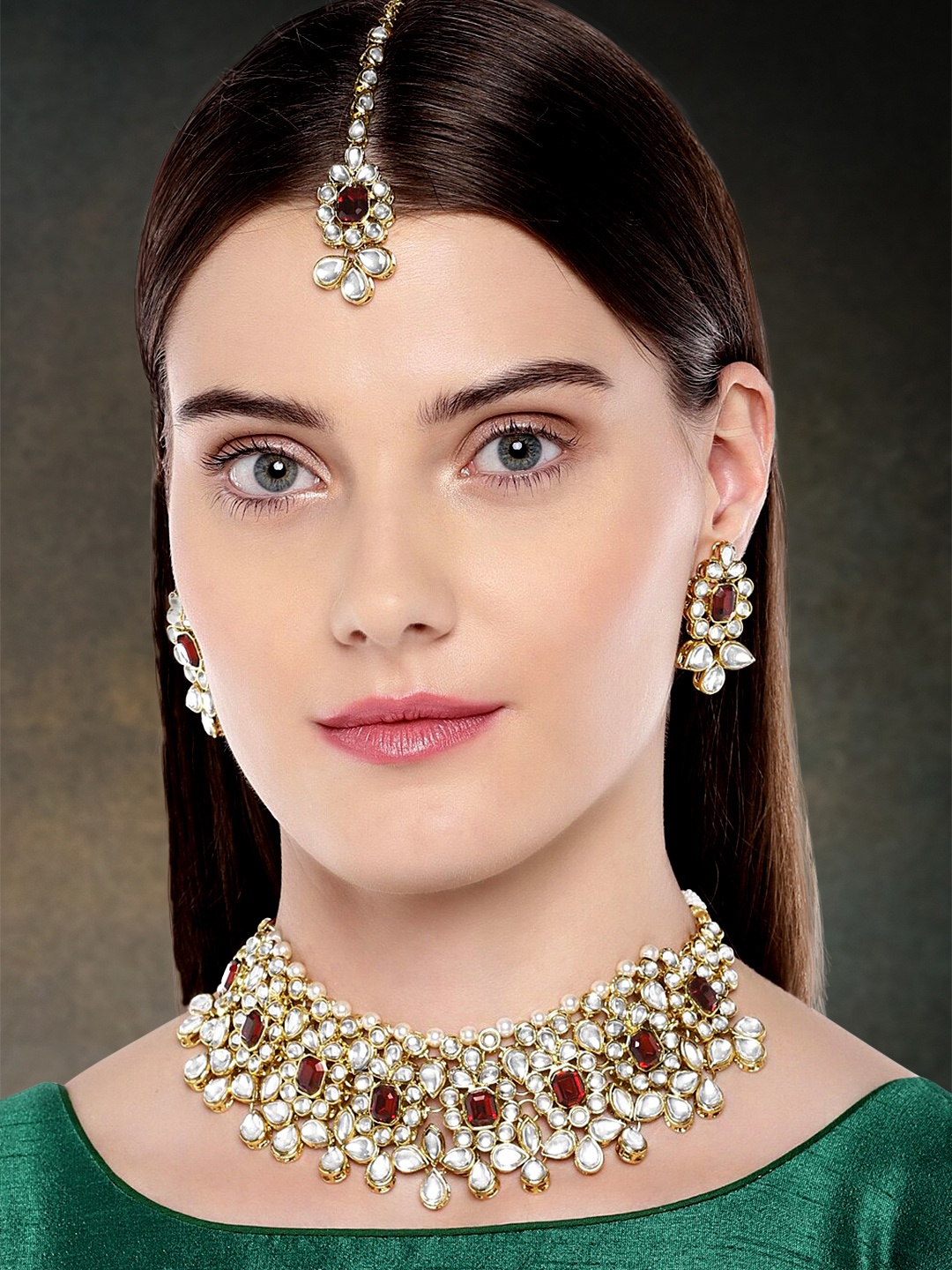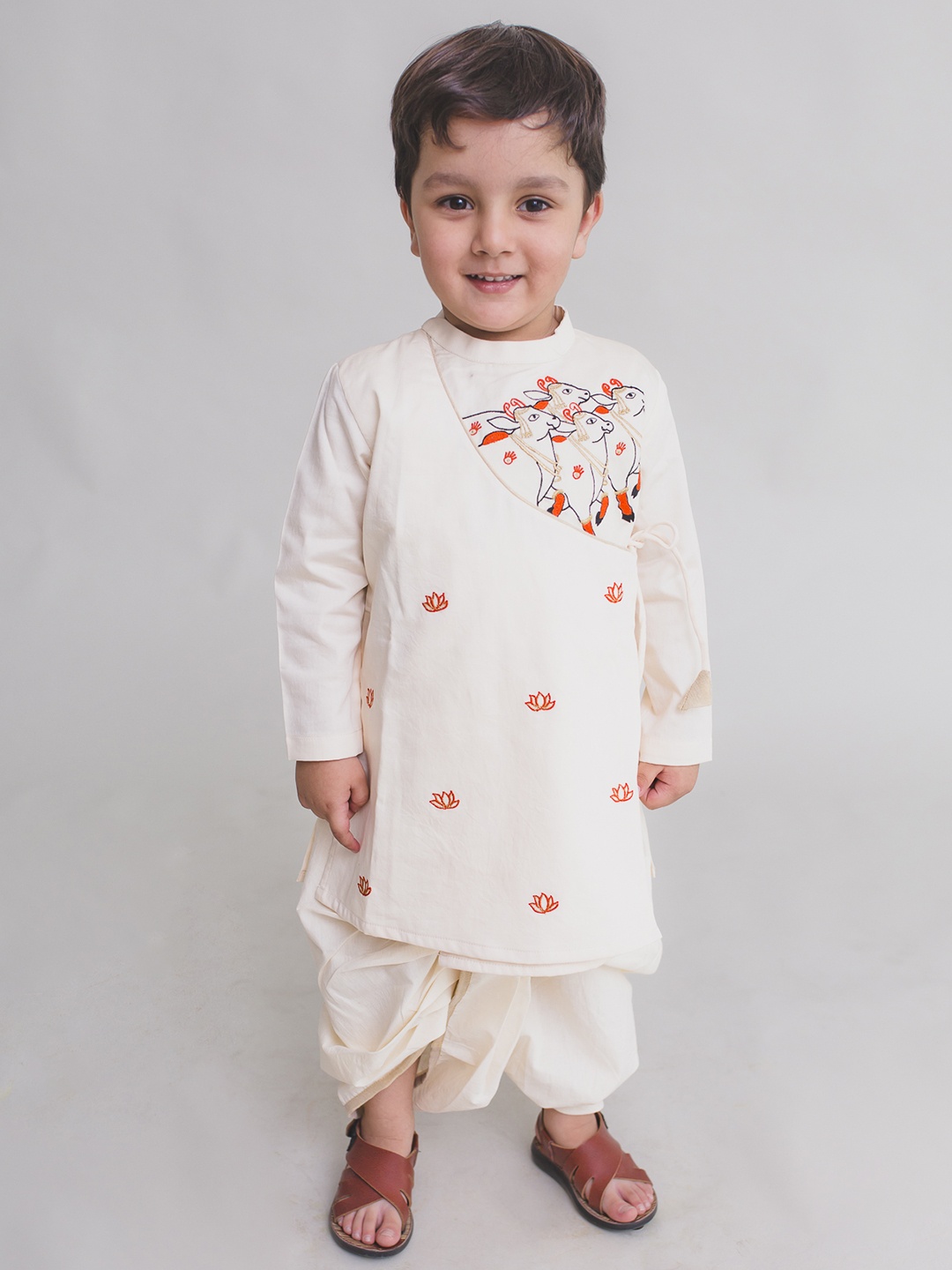From Mekhela Chador To Chaniya Choli: Traditional Outfits Worn By Women That Represent Cultural Heritage
Explore Indias iconic traditional wear for women from Assams Mekhela Chador to Gujarats Chaniya Choli each outfit reflects deep-rooted culture.

Vibrant Traditional Outfits Of India Showcasing Rich Cultural Heritage And Diverse Regional Styles
Have you ever stood in front of your wardrobe before a festival and wondered what women across India wear to celebrate? From the narrow alleys of Varanasi to the highlands of Himachal, each region in India carries its tradition not just in food or language but in its clothes. These traditional outfits worn by women represent generations of stories, rituals, climate needs, and community pride. Many of them, like the Mekhela Chador or the Patiala Suit, have now crossed state borders and become style staples everywhere.

Vibrant Traditional Outfits Of India Showcasing Rich Cultural Heritage And Diverse Regional Styles; Photo Credit: Amazon
The following outfits aren't just clothing, they are stitched with customs, rituals, identity, and climate awareness. Discover how each traditional outfit reflects its origin, its fabric, stitching, and drape, giving you both comfort and heritage in one. From Assam to Gujarat, these ensembles still hold their place in wardrobes not just for weddings or festivals but also in contemporary fashion through fusions, accessories, and mindful styling.
Also Read: Bridal Bangle Traditions Across India: Explore Unique Styles Worn by Brides From Different States
Traditional Outfits That Are Worn By Women In Different States Of India
Assam: Mekhela Chador
What does a woman in Assam wear to a wedding or festival? A two-piece set, Mekhela for the lower wrap and Chador for the upper drape, made from handwoven silk or cotton. Often featuring motifs of flora and fauna, it's worn with a fitted blouse.
Jammu & Kashmir: Pheran
When winter arrives in Kashmir, women reach out for the pheran. This long woollen garment, often worn with salwar, is loose, warm, and sometimes embroidered with traditional Kashmiri designs.
Delhi & Punjab: Patiala Suit
How do women in Delhi or Punjab manage movement while staying traditional? The Patiala Suit is their answer, flowy pleated pants with a short kameez and a dupatta.
Gujarat: Chaniya Choli
Heading to Navratri in Gujarat? You'll see the colourful Chaniya Choli in full swing. It's a three-piece set: lehenga, blouse, and dupatta, often mirror-worked and vibrant.
Himachal Pradesh: Salwar Kameez
What do women in the hills wear daily? The traditional Himachali Salwar Kameez with a woollen stole, designed for comfort in the cold and steep terrain.
Bihar: Tussar Silk Saree
Tussar silk from Bihar is not just clothing, it's a symbol of dignity. Worn on auspicious days, it's lightweight and known for its rich golden undertones and tribal motifs.
Odisha: Sambalpuri Silk Saree
A wedding in Odisha is incomplete without the Sambalpuri saree. Its intricate ikat weaving and earthy tones are symbols of the state's handloom glory.
West Bengal: Tant Saree
During Durga Puja, Bengali women love wearing the Tant saree. Made from cotton, it's light, crisp, and decorated with woven motifs in red, white, or mustard.
Uttar Pradesh: Lehenga
In UP, weddings and religious occasions often feature the classic lehenga. With heavy embroidery or sequins, it's worn with a matching choli and dupatta.
Maharashtra: Nauvari Saree
The Nauvari is a 9-yard saree draped like a dhoti, giving mobility. Worn by Maharashtrian women, it's iconic during Ganesh Chaturthi and other traditional events.
Frequently Asked Questions (FAQs)
1. What is the difference between Mekhela Chador and a regular saree?
Mekhela Chador is a two-piece ensemble worn in Assam, with the bottom piece acting like a skirt and the top like a shawl, unlike the single long fabric of a regular saree.
2. Can I wear a Chaniya Choli for events other than Navratri?
Yes, Chaniya Choli is suitable for weddings, sangeet, and any traditional function where colourful and vibrant ethnic attire is appropriate.
3. Is the Nauvari Saree hard to wear?
Nauvari sarees take some practice to drape, especially if styled traditionally, but pre-stitched versions are available for easier use.
4. Why is the Sambalpuri Saree famous?
Sambalpuri sarees are handwoven using a unique tie-dye technique called ikat, making each piece unique in design and craftsmanship.
5. Are Patiala suits suitable for daily wear?
Yes, Patiala suits are great for daily wear due to their loose fit and breathable fabric, offering both style and comfort.
Amazon Prime Day 2025 is not just another sale; it's the most rewarding shopping event of the year, designed exclusively for Prime members. With official dates set from July 12 to 14, the countdown has already begun, and early deals are live now. Whether you're eyeing big-ticket gadgets, wardrobe upgrades, or daily essentials, this is your chance to grab them at unbeatable prices. From exclusive product launches to limited-time savings, Prime Day offers value that rarely comes twice a year.
With Amazon Prime, exploring traditional outfits from across India becomes easier and faster. Whether it's a handcrafted Mekhela Chador or an elegant Tussar Silk Saree, Prime members enjoy fast delivery, exclusive deals, and access to verified sellers offering authentic regional fashion. This service is especially useful during festival seasons when you need timely delivery for your ethnic purchases.
Get Prime Today
If you're not a Prime member yet, this is the moment to act. Prime Day offers exclusive and unbeatable value to Prime members only. Here are your current options:
| Membership Type | Prime Video | Early Access to Deals | Monthly/Annual Pricing |
|---|---|---|---|
| Prime Shopping Edition | Not Included | Yes | ₹399 per year (limited offer) |
| Prime Lite | Included In HD, Limited Screens | Yes | ₹799 per year |
| Full Prime | Included In 4K, Multiple Screens | Yes | ₹1499 per year |
Now here's the real deal: for a limited time, the Prime Full Access Annual Plan is available at just ₹999 instead of ₹1499.
That means you unlock:
- 72-hour Prime Day access from July 12 to 14
- Early deal access starting now
- Free one-day and two-day delivery
- Prime Video, Prime Music, and Prime Reading
- Exclusive app-only launches and cashback benefits
Traditional Indian outfits are not just pieces of fabric; they are timeless expressions of identity, region, and culture. Whether it's the vibrant Chaniya Choli of Gujarat or the royal Tussar Silk Saree from Bihar, these garments carry history and heritage. Upgrading your wardrobe with these outfits is a meaningful way to reconnect with your roots while supporting artisans and handloom traditions. With online access and swift delivery options, adding culture to your closet has never been more seamless. Shop now on Amazon








